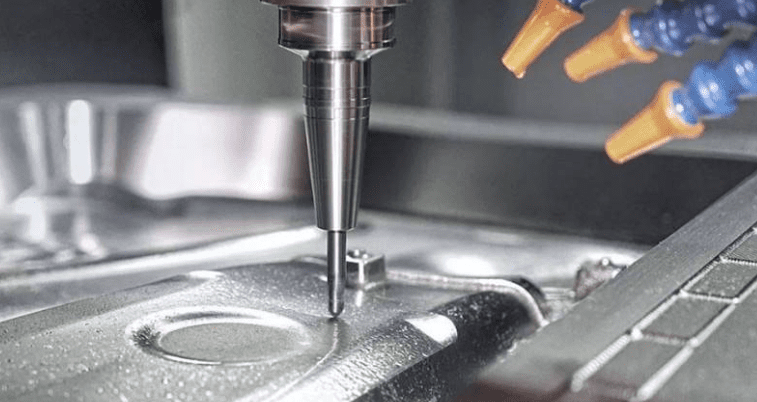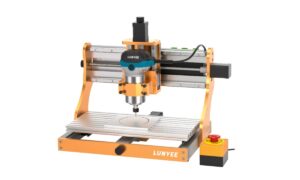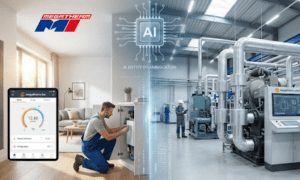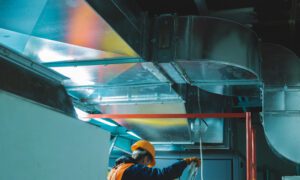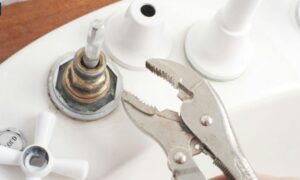To comprehend the impact of CNC machines on manufacturing, let’s start with the fundamentals. CNC machines are automated tools that can be programmed to execute CNC machining tasks with incredible accuracy. They rely on computer programs to control their movements, making them exceptionally efficient and consistent in their operations.
The Role of CNC Machines in Modern Manufacturing
In light of the report titled “Global CNC Controllers Market to Reach $4.4 Billion by 2030,” it becomes even more crucial to comprehend the profound impact of CNC machines on the manufacturing industry. The report’s findings align with the notion that CNC machines are at the forefront of a burgeoning market. These automated tools, as highlighted in the report, can be programmed to execute precise machining tasks with incredible accuracy.
The report’s projection of the CNC controllers market reaching $4.4 billion by 2030 underscores the growing significance of CNC machines. Their reliance on computer programs to control their movements, as discussed in the report, makes them exceptionally efficient and consistent in their operations. This efficiency is a driving force behind the increasing adoption of CNC machines in various industries, as indicated by the report’s market growth predictions.
Precision Engineering
One of the standout features of CNC machines is their ability to achieve unparalleled precision in manufacturing. They can create intricate components with tight tolerances, ensuring consistency in quality that manual processes simply can’t match.
Increased Productivity
CNC machines excel at repetitive tasks. They can operate 24/7 without fatigue, resulting in higher productivity levels. This increased efficiency directly contributes to reduced production times and costs.
CNC Machines Across Industries
Automotive Manufacturing
In the automotive industry, CNC machines play a pivotal role in crafting intricate engine components, chassis parts, and even the aesthetics of vehicles. Their precision ensures safety and performance in every vehicle produced.
Aerospace Sector
Aerospace manufacturers rely heavily on CNC machines to create lightweight yet robust components for aircraft. These machines are instrumental in producing parts that meet stringent safety and quality standards.
Medical Equipment
In the medical field, CNC machines are indispensable for manufacturing precise surgical instruments, implants, and medical devices. They contribute significantly to the advancement of healthcare technology.
The Advantages of CNC Machines
Cost-Efficiency
CNC machines may require significant initial investment, but their long-term benefits far outweigh the costs. Reduced material wastage and increased production efficiency translate into substantial savings over time.
Customization
Manufacturers can easily reprogram CNC machines to produce different parts, making them ideal for customization. This flexibility allows businesses to adapt quickly to changing market demands. In this context, companies like XinCheng exemplify the potential of CNC machining in providing on-demand manufacturing flexibility.
Challenges and Innovations
Skill Requirements
Operating CNC machines requires skilled technicians who can program and maintain them. However, advancements in user-friendly interfaces are simplifying the training process.
Integration with Industry 4.0
To stay competitive, manufacturers are integrating CNC machines with Industry 4.0 technologies, such as IoT and AI. This creates “smart factories” that optimize production processes and enhance decision-making.
Conclusion
In conclusion, CNC machines have emerged as the vanguard of manufacturing transformation. Their precision, efficiency, and adaptability make them indispensable across various industries. As technology continues to evolve, CNC machines are expected to play an even more pivotal role in shaping the future of manufacturing.

